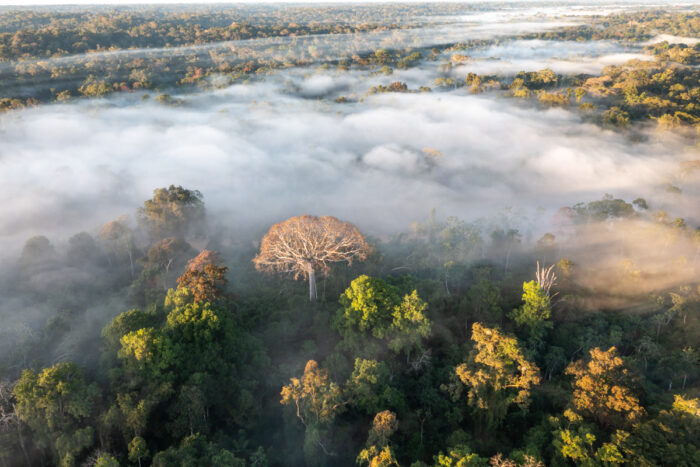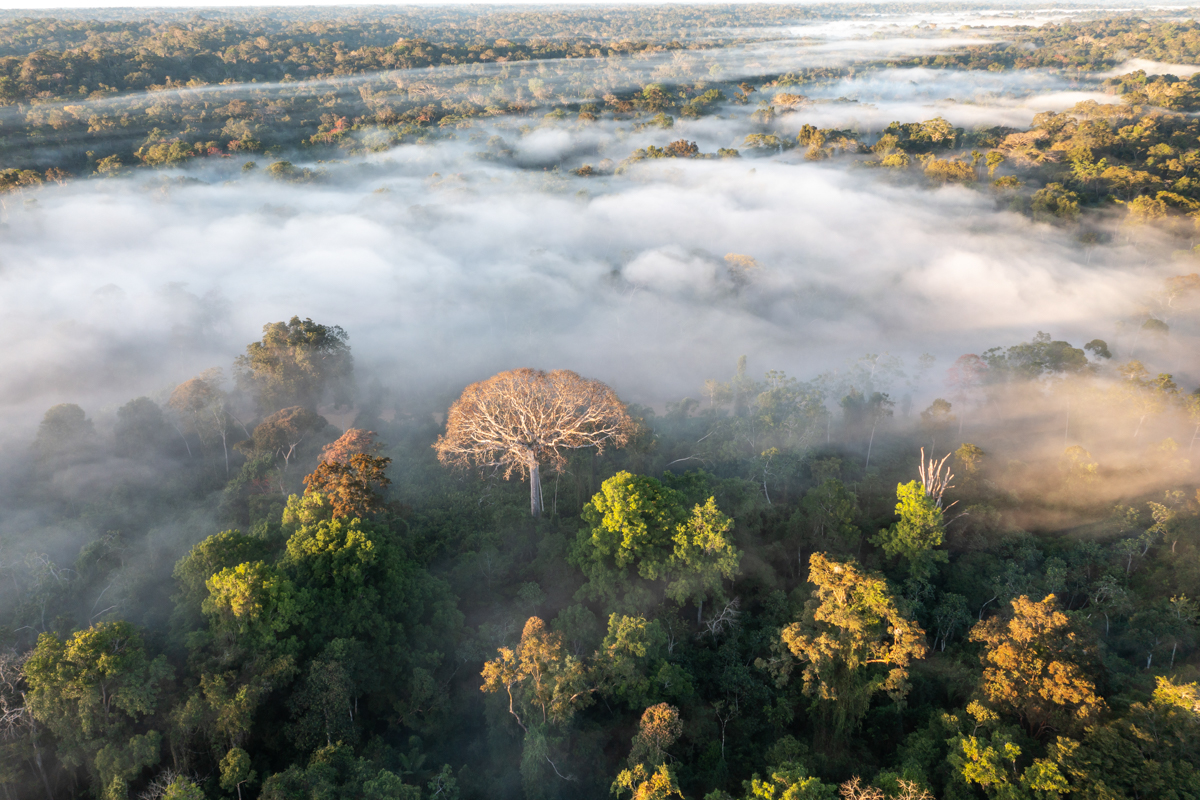24 de April de 2024

Between 10% and 47% of Amazonian forests may be exposed to climate stresses that could push the biome past a tipping point as soon as 2050, according to a new paper in Nature. Such a collapse could force ecosystems to adapt and worsen the effects of local climate change. Encarni Monyota, Geosciences Barcelona (GEO3BCN-CSIC) researcher has collaborated in this publication, leaded by researcher Bernardo Flores, from The Universidade Federal de Santa Catarina (Brazil).
The Amazon rainforest is home to 10% of Earth’s biodiversity, stores carbon equal to 15 to 20 years of Earth’s emissions and is responsible for a net cooling effect that helps to stabilize the planet’s climate. Although ecosystems will always experience environmental stress (such as water stress) from various sources, they may reach a tipping point at which they buckle under the stress, resulting in large-scale and unexpected changes. The potential for such a collapse in the Amazon system is of global concern.
The study analysed five causes of water stress on the Amazon—global warming, annual rainfall, rainfall seasonality intensity, length of the dry season and deforestation. To study these variables, the authors used palaeorecords (covering around 65 million years), climate models and observational data since the 1980s (such as satellite observations of forest fire spread, tree coverage and deforestation).
Their analysis predicts that by 2050 the Amazon rainforest may reach a tipping point beyond which ecosystem collapse may happen. At this time, the researchers suggest that 10–47% of the Amazon rainforest will be exposed to stress that could lead to widespread ecosystem transitioning. This transition could threaten the Amazon’s role as a carbon sink and may make local climate-change effects worse.
The researchers argue that these results provide evidence that illustrate the need to bolster the Amazon’s resilience through a precautionary approach. This approach may include different types of local and global efforts, including ending deforestation, promoting restoration and moving away from greenhouse gases as energy sources.
Nature press release
Reference article:
Flores et al. (2024) “Critical transitions in the Amazon forest system”, Nature, DOI:10.1038/S41586-023-06970-0

